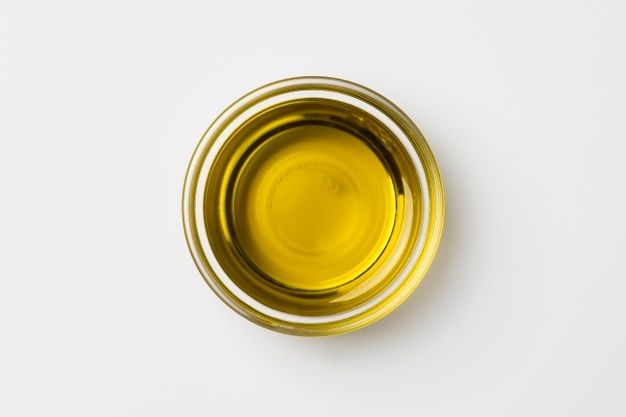Book Review: The Outlandish Companion
Okay, I never meant for this to be a book review- I was just making my observations while reading the book, and I couldn't stop writing.
While I was reading The Outlandish Companion, a 400-page exposè/essay/guide/glossary/summary (the list is endless) of/to how Gabaldon wrote the Best-selling 7-book series Outlander-I had gotten to the two hundred and fiftieth page on the first day, I asked myself, "Why am I reading this? Why am I enjoying this? it's not even an actual novel." I already knew the answer. Because The Outlandish Companion was written for Outlander readers like myself who have asked themselves this question a million times- How did she do it?
Now if you are familiar with
the texts, you'll know the wealth of actual history and real life facts that
are woven into the fictitious plot. They include The Jacobite Rising(and
Charles Stuart of course), Slavery in the West Indies and in North America, The
Clans or Noble families of Scotland, among others, all set in the 18th century.
The main character is a doctor, so we get to learn a lot about practising
medicine in the 18-19th century. There are several historians in the book, so
we come across family trees and genealogies often. We meet philosophers,
musicians, pirates, priests, Lords, Ladies, Scotsmen, Frenchmen, Englishmen,
Hispanic, Americans, even red Indians and one Chinese person. Imagine my surprise when
I came across the Yoruba word "Oniseegun" mentioned by one of the
plantation slaves. Its like travelling the world while sitting on one spot. do not want to imagine the amount of research
Gabaldon did, to write the series, each book ranging from 700 to 800 pages
(sorry but how cool is that?! I don't have to finish it in one day!)
 |
| Kindle 7-book cover |
In the book,
Gabaldon takes us step-by-step on how she wrote Jamie and Claire's story. She
takes us into character development- How do you bring your characters to life?
What about physical descriptions? She shows us the importance of library
research for a good historical novel. She also says "While the Internet is
a valuable tool for locating people and resources, I can't imagine doing
serious historical research using the Web as a primary source. The depth of
information and the breadth of detail that one needs just doesn't exist on most
Web pages"
The author gives us actual
family trees of a few of her major characters dating back several generations.
She postulates her own Gabaldon Theory of Time Travel (The books are after all
about a lady who mistakenly travels two hundred years back in time) and She
enlightens us about Botanical Medicine and Penicillin, among others.
 |
| Outlander-inspired bracelet. Photo credit: Etsy.com |
She acknowledges the letters
and Outlander-inspired artwork and gifts she receives from fans. Including
pictures of children parents named after her characters (I was shocked too)
She finally answers the
questions that readers continue to plague her with, and she addresses
controversies too(some readers get so involved, that they forget it's YOUR book,
and try to dictate what you should or should not write).
She finishes by providing
short excerpts of future books in the series, and being the researcher she is (Diana
has a Bsc. in Zoology, an M.S. in Marine Biology, and a Ph.D in Ecology), provides
an extensive Bibliography and Appendix.
The Outlandish Companion however, while very informative, has a tendency to be boring, as a result of too much detail unnecessarily included in the book. This made me skip several pages, including the summaries of The Outlander books one to four.
On the other hand, if you are interested in the story, and you do not want to read four large books(or PDFs) with pages ranging from 400 pages to 1200 pages, then The Outlandish Companion is the book for you
The Outlandish Companion however, while very informative, has a tendency to be boring, as a result of too much detail unnecessarily included in the book. This made me skip several pages, including the summaries of The Outlander books one to four.
On the other hand, if you are interested in the story, and you do not want to read four large books(or PDFs) with pages ranging from 400 pages to 1200 pages, then The Outlandish Companion is the book for you
Note: The Outlander books
have been made into a TV series, and the second season is currently showing.




Comments
Post a Comment